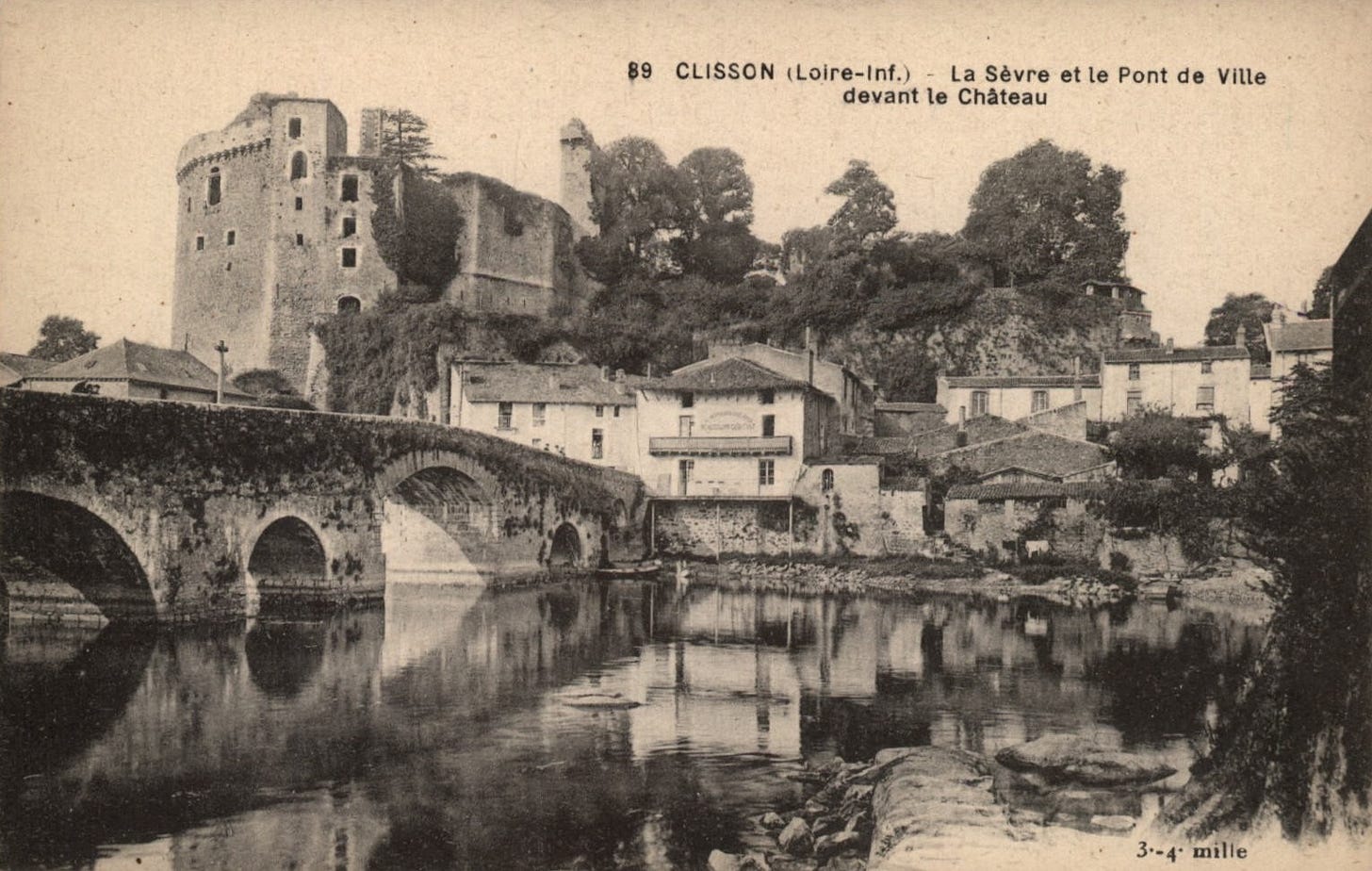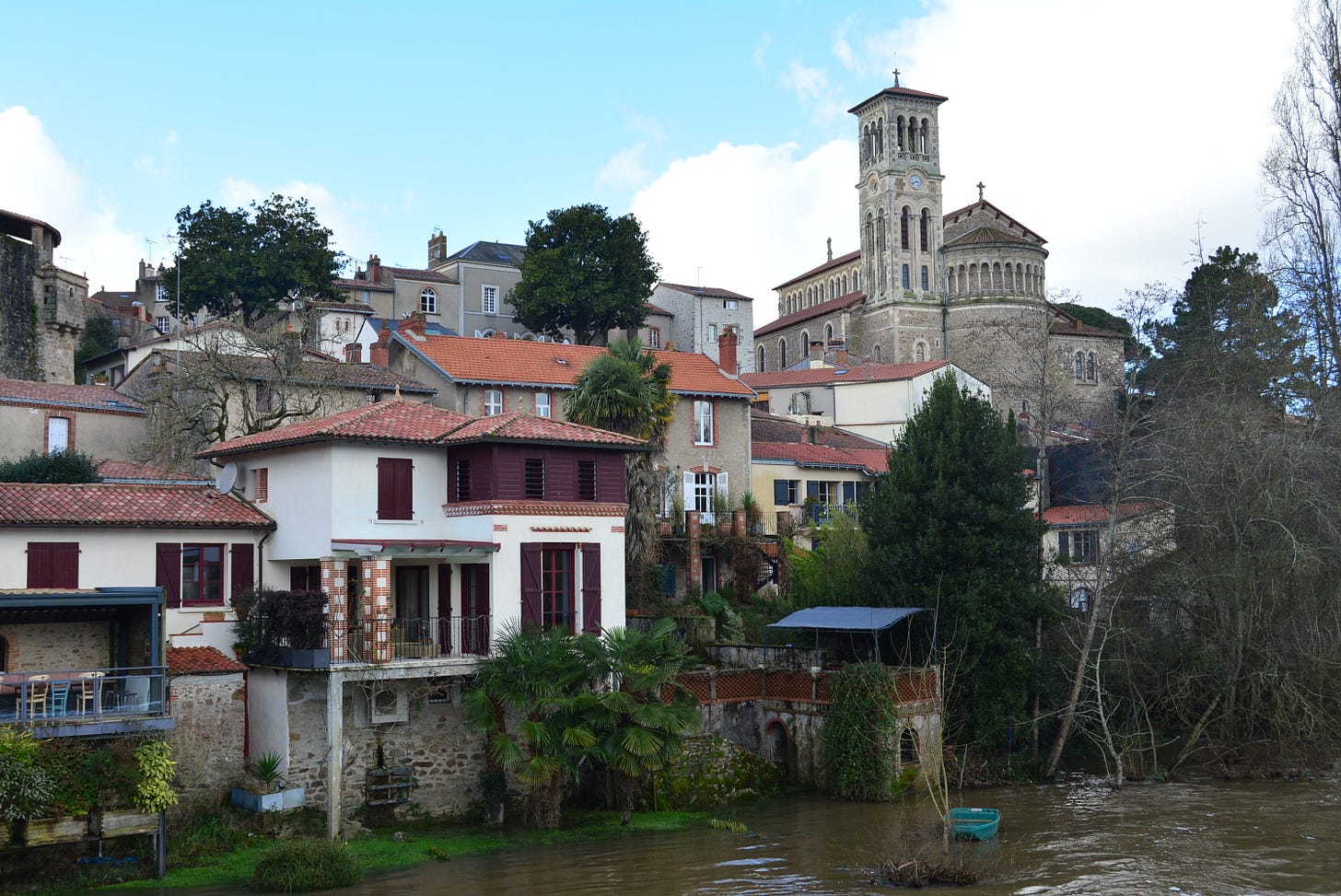Clisson and The Secrets of a Medieval Village Somewhere in France
The medieval bucolic dream and the gates of Hell
In Europe, there are numerous medieval villages spread across various countries. Some you may have heard of, while others you might never have imagined existed. I never thought one of these villages would become where my first grandchild would come into this world.
After visiting Nantes, we headed southeast on a thirty-minute train ride to Clisson. From the wide windows of the train, I see little towns in the French countryside, and I wondered what undiscovered surprises could be hiding there. Europe has thousands of years of civilization, and Europeans know that and protect their heritage like a baby. Tourism is Europe's cash cow. But you'll not find mass tourism in Clisson or around this out-of-the-way French peninsula of Bretagne.
When Americans visit Europe, they want to see the old Europe because that's where the magic is. When arriving at the airport, they’re shocked by the modern world, but we want to forget that as soon as possible and immerse ourselves in the old world. It is nice to see buildings that are one thousand years old. We came here for that, and that’s what you get.
Clisson is the perfect fantasy Euro-medieval French village. It's a cute, well-preserved, functional little town where anyone can find something interesting. But to understand this place, you must first know a bit of history, or you’ll find it strange that Clisson looks like an Italian village.
The Vendée War
Like Nantes, Clisson was partially destroyed, not during WW II but much earlier. It happened in the Vendée uprising between 1793 and 1796.
Vendée (van-day) is one of 96 "counties" in France called Départements. Even though Clisson is in the Loire-Atlantique Département, it was on the border of the Vendée, but this war almost entirely destroyed Clisson and the castle. Let’s take a little look into the French urban design.
France has 18 administrative régions or major divisions. These regions are split into 96 Départements, (like counties in the U.S.) The departments are divided into 323 arrondissements, and the arrondissements are divided into 1,995 cantons. But it gets better. There are further subdivisions like communes associées, communautés urbaines, communautés d'agglomération, communautés de communes and even more obscure local administrative divisions. But let's go back to the Vendée War.
The Vendée battle was a fierce opposition and response to the French Revolution. It was pro-monarchy and against the separation of church and state. The Vendée was a remote area, and at the time, it took days to get there from Paris. They didn't care for what happened in Paris, and why should they? The Vendée was mainly a group of successful and wealthy peasants who owned their lands and did not depend on feudal structures like the rest of France. They were self-sufficient farmers, and the revolution did not benefit them at all; on the contrary, it only raised their taxes.
The war, which lasted three years, was characterized by brutality against the locals. The death toll currently hovers conservatively at 58,000, but the actual loss of life may well be close to 200,000. (estimates of death toll vary wildly according to historians, some claiming up to 450,000)
Château de Clisson
Clisson was an old part of the Southern fortifications of the Bretagne region and was known as a stronghold against the revolution. The city was destroyed, including the Château de Clisson, located right in the center of town on the banks of the Sèvre Nantaise and its tributary La Moine, which joins the larger waters of the Loire on its way to the sea. Sèvre is the name the French call the rivers that are affluent of larger rivers. Rivers that die in the ocean are called fleuve.
We walked through the village at night on our way to my son's home, which was not far to walk; nothing is far in Clisson. The Château was lit with shifting, colorful lights that fired my imagination as I looked at the castle on a cold and stormy night. It sure was cold and rainy that night, but it added to my medieval fantasy.
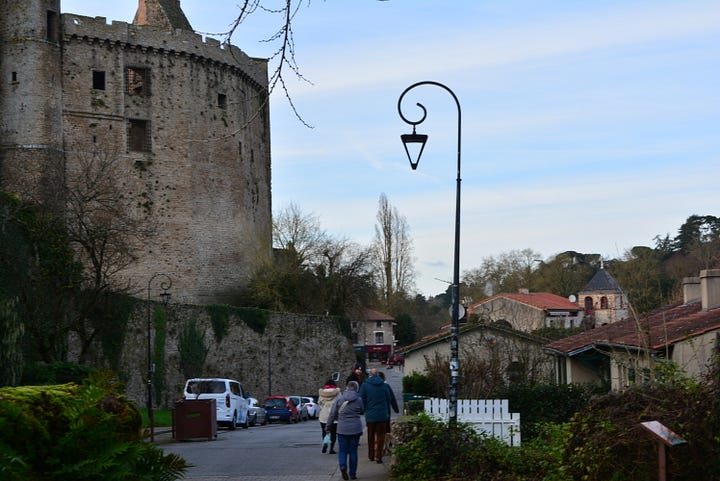
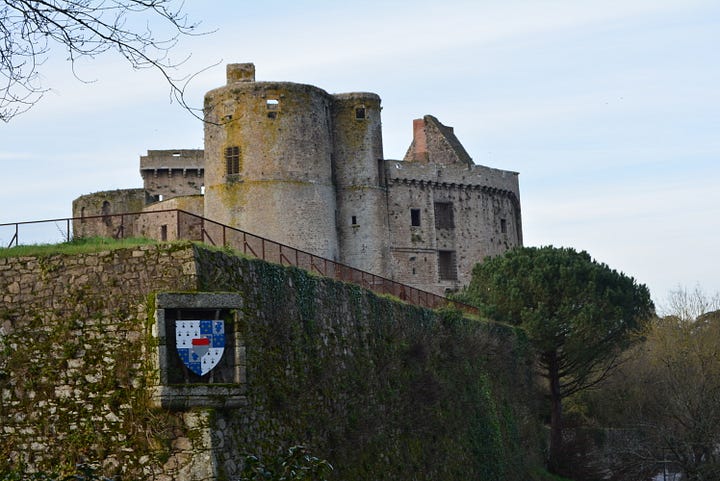
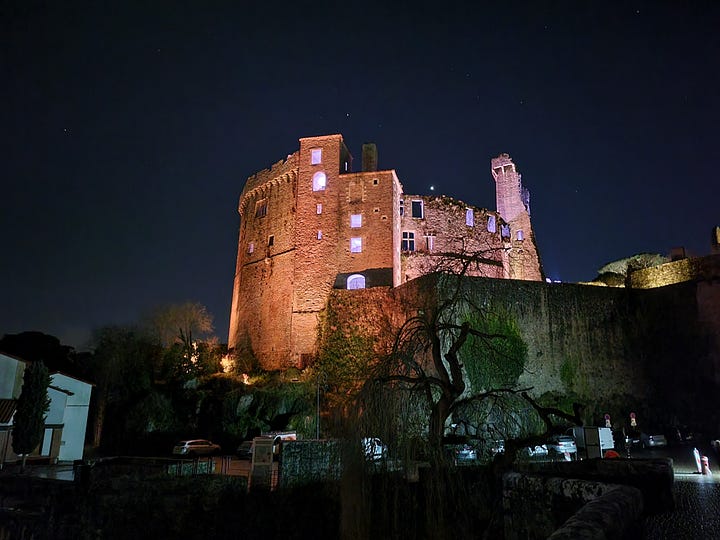
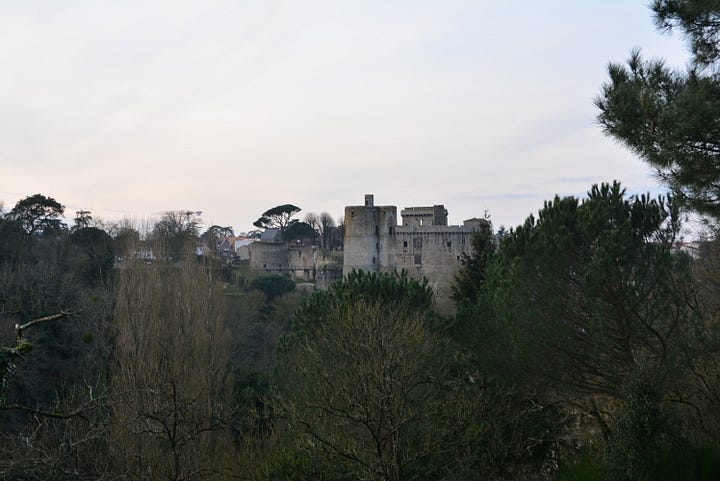
There are many Châteaus in Europe, but the Château of Clisson is special. Not only because it is tall and unique, but it has also become an icon for the Bretagne region. It was a critical fortification at the frontier of the Duchy of Brittany (the feudal state that we call Bretagne today). The castle was probably built around the 11th century, but most of what we see today was constructed in the 13th century by Guillaume de Clisson.
The castle inspired many artists. It is portrayed in paintings by 20th-century French artist and poet Jean Metzinger and photographed by Henri de la Blanchère. The castle reconstruction and the rebuilding of Clisson as an Italian village are connected. To understand Clisson, you must know this 19th-century artist, François Lemot.
François Lemot was a young artist from Lyon of humble beginnings who trained with influential artists and sculptors of his time. He lived in Italy, where he studied with the old masters, a popular trend then. But Italians feared a revolution would spread, and Lemot was forced back to France.
Throughout his career, he received commissions to create large bronze statues and other public works, which made him wealthy. Lemot also created an Equestrian Monument of Louis XIV that provides the focal point of Place Bellecour, Lyon, where a street bears his name.
François-Frédéric Lemot purchased the dilapidated castle and the entire town in rubble, 1807, and remade it into the bucolic, romantic Italian-style village we see today. That made many artists gravitate towards Clisson. Today, it also serves as a cultural hub, hosting various events and exhibitions annually.
Clisson Today
Unlike many preserved medieval towns in Europe, Clisson has many niceties. There is a lovely artist community, good restaurants, trails, and impressive financial stability for its size. That includes obligatory stops at the Restaurant Creperie le Quebreizh, where I tasted the first galette of my life. I seriously miss those galettes; you’ll never forget your first galette.
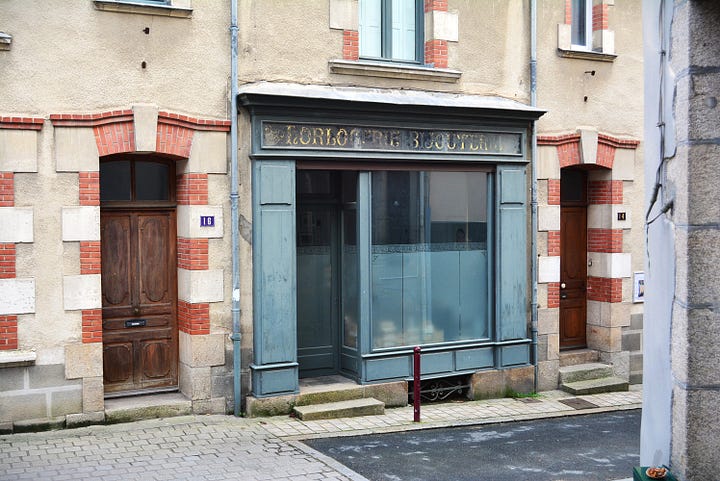
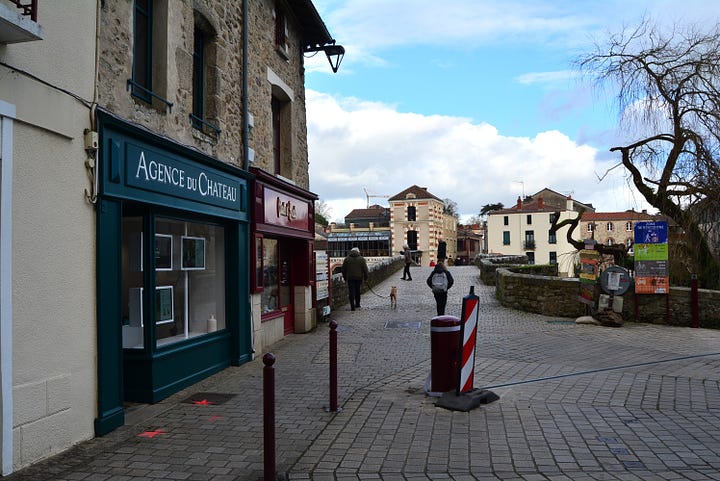
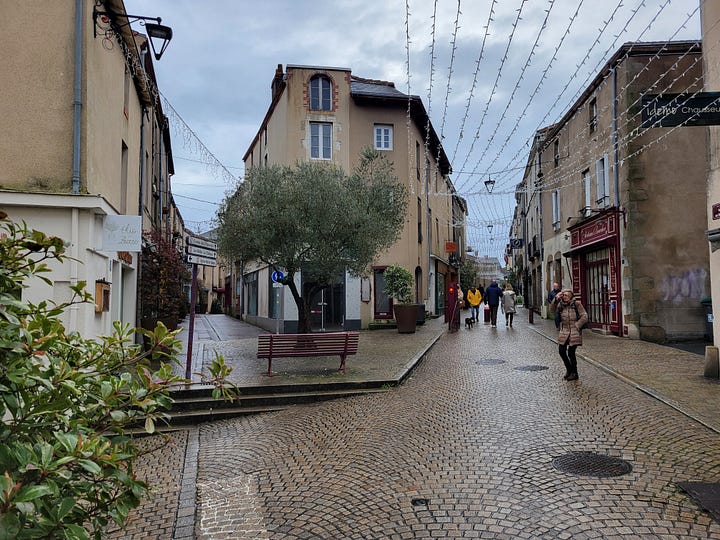
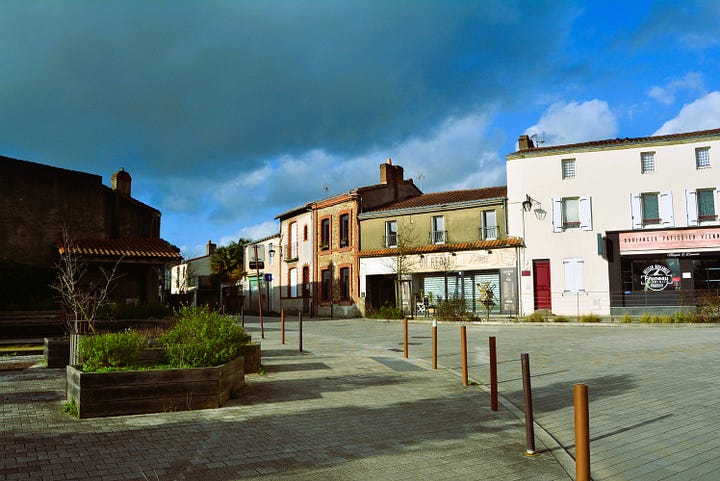
On top of Lemot’s restoration, many old houses and buildings have been tastefully remodeled in contemporary style and comfort. Clisson has a substantial population in its periphery, which undoubtedly brings a cash flow to Clisson. We found a giant supermarket outside Clisson, with everything a big city can offer. By the looks of Clisson, you would never have thought a place like that existed.
Clisson is also an alternative housing option for those who work in Nantes and want a better quality of life. You can find reasonably priced property and rentals there. Commuting can be a problem sometimes, as trains struggle with high demand and may have delays. But here's what you can see while in Clisson.
Les Halles
The town's food market is a timber-framed 15th-century building and one of the few that survived the Vendée War. Every weekend, it hosts a regional farmer’s market where you can find the best meats and vegetables from regional growers and all their unique family-grown heirlooms they grow. The market is right on the side of the castle, and the site also hosts concerts and medieval fairs.
When walking around Clisson, it feels like you are inside a Nicolas Poussin oil painting, and there's a reason. François Lemot rebuilt the city to look like an Italian villa, but he also ordered mass landscaping, tree planting, and shrubbery adding Tuscan accents to the paysage.
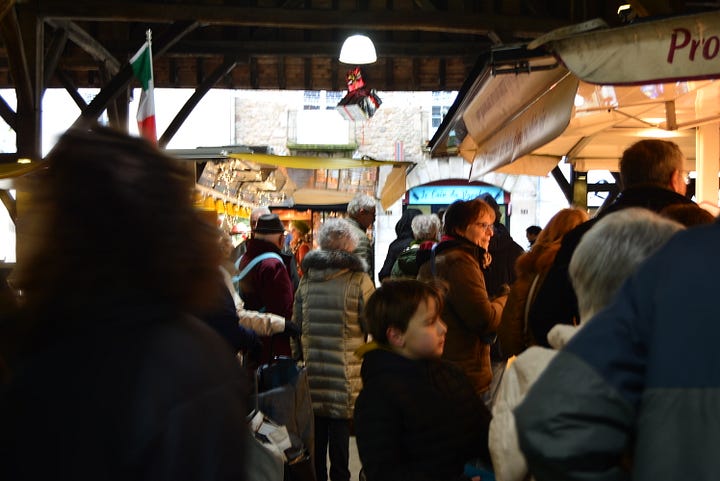
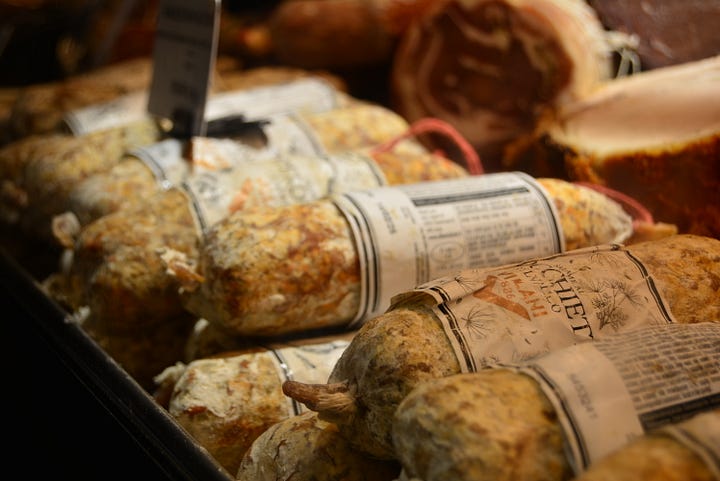
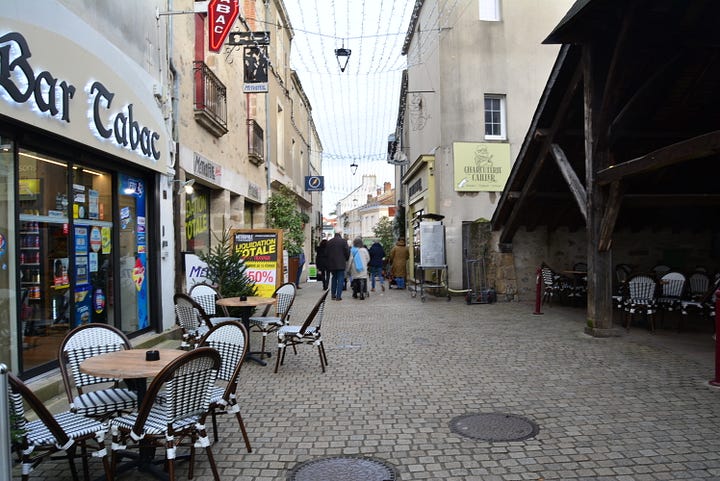
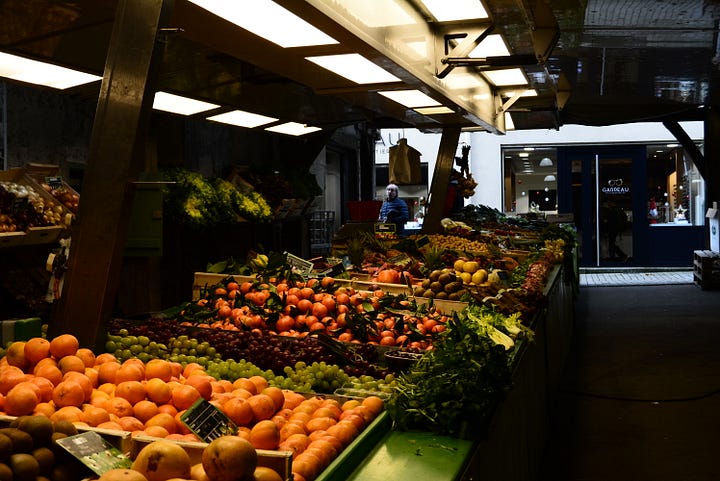
We walk through the many green walkways along the river and soon find other hidden or not-so-hidden treasures of Clisson. At the end of the path, we discovered La Garenne Lemot, the Italianesque villa built by? wait for it... our very own Messier Lemot. It is located in a well-kept park that overlooks the chateau. Lemot died before he could finish the villa, but no one could tell by the looks of this place. Throughout the front of the villa, we see Renaissance statues and a semi-circle in front of the house. We pause and enjoy the town view from the back of the villa.
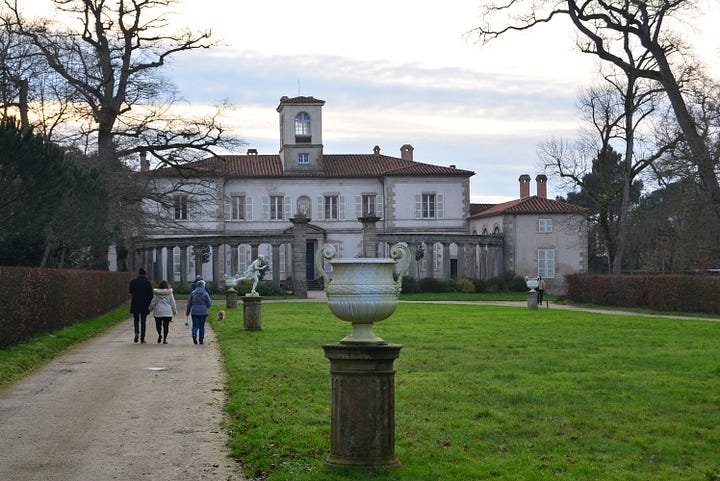
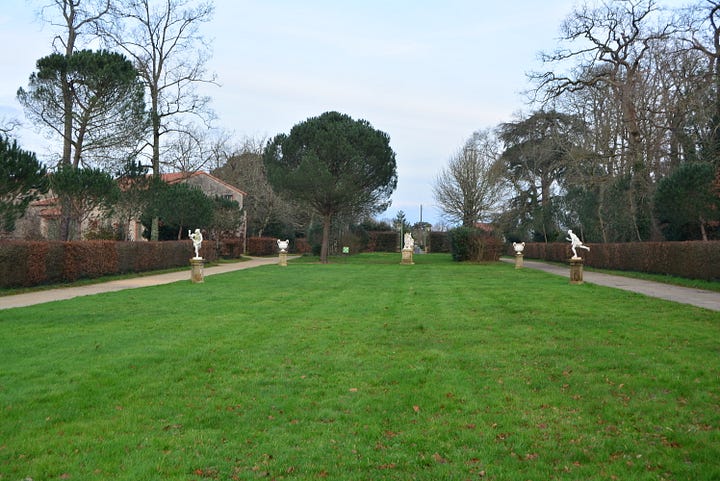
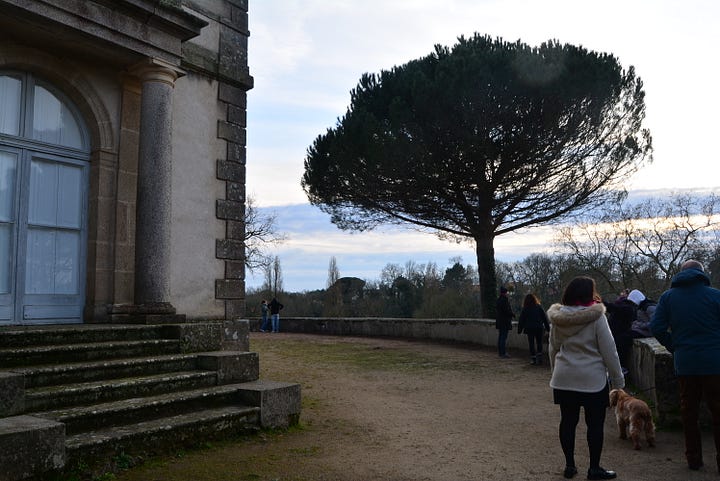
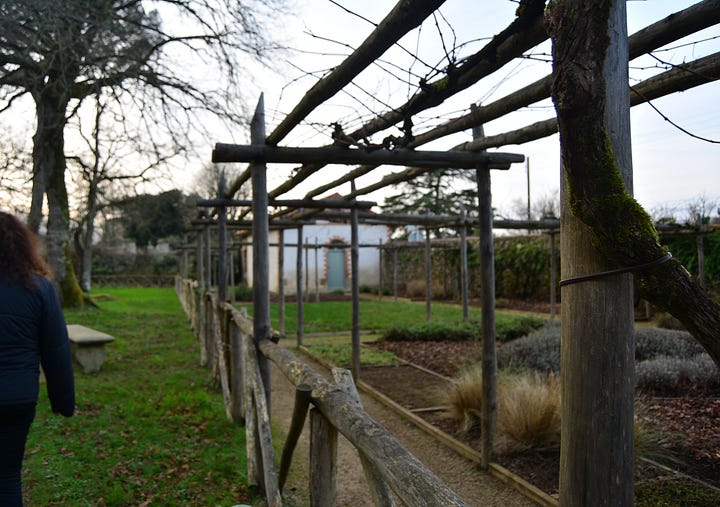
Eglise Notre Dame de Clisson
Built to resemble Rome's Basilica Santi Giovanni e Paolo, Eglise Notre Dame de Clisson was built in 1888 during France's late 19th-century Catholic revival. It features Italian Renaissance architecture rather than contemporary neo-Gothic styles. Behind the altar, a fresco depicts the nation's patron saints, or "Catholic celebrities," a nod to tradition. However, it includes a notable 20th-century element: the Unknown Soldier, eternally honored beneath the Arc de Triomphe since World War I.
Chapel of the Templiers
Perhaps one of the most overlooked sites in Clisson, the Chapel of the Templiers packs a dense chapter of history buried deep within European tradition. Yet, the Chapel is the least mentioned site, not even present in some of Clisson's "sites to see reviews."
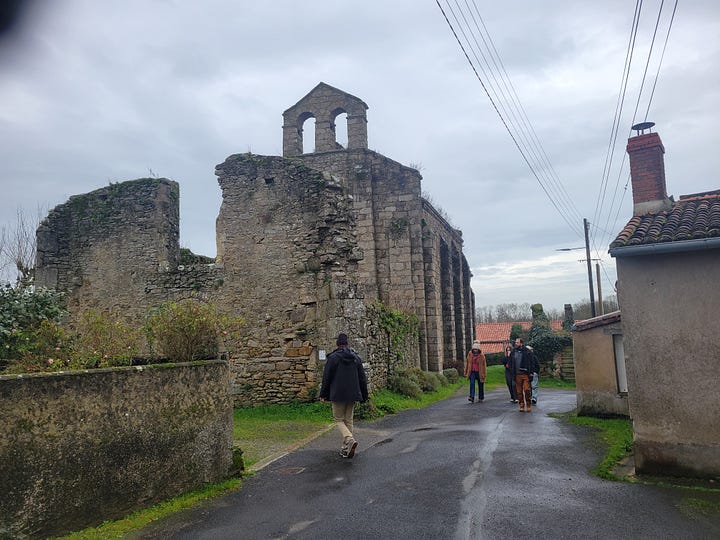
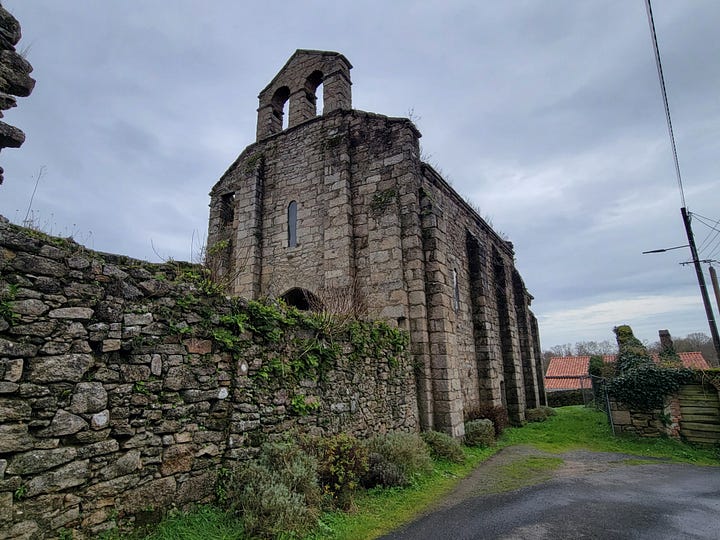

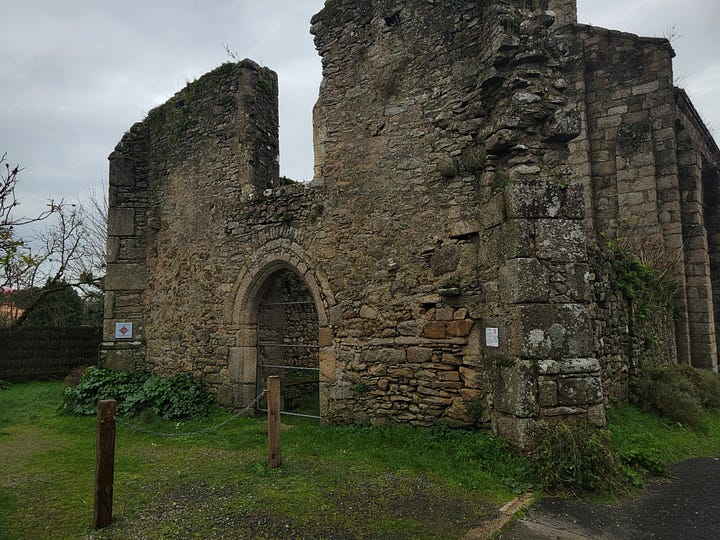
The Templar Chapel of Clisson, also known as the Madeleine Temple, is a Romanesque church from the late twelfth century. A mansion, a mill, a cemetery, and cultivated land were part of this site.
It was controlled by the Hospitallers of St. John of Jerusalem in 1312. However, the Commandery or lodge of the secret fraternal order was destroyed in 1794. The Compagnons du Devoir and the Tour de France restored it in the second half of the twentieth century. The Chapel's interior features two enfeus under arches, a sculpted tombstone, and the remains of a fifteenth-century narthex. Outside, visitors can also observe the walls of an old seventeenth-century chapel that was once dedicated to Our Lady of Victories.
HellFest
After leaving the Chapel of the Templiers, we’re headed to the gates of hell at the church of heavy metal. Yes, because Clisson is home to the biggest metal festival in Europe - HellFest. Who would have thought? Well, there is a connection between heavy metal bands and medieval traditions. Medieval times were likely dull, poor, and with little excitement. But we always glorify the dungeons, the battles, the weapons, and the torture chambers. That all comes alive in HellFest. I think it must be true even though I’ve never attended it yet.
The home of the Hellbangers since 2006 has continuously increased visitors, from 22,000 in the first edition to 55,000 tickets sold daily in 2017. Hell Fest is also the name of a cheesy horror film from 2018. However, not to be mistaken.
Clisson is a unique place to know not only for its historic richness but because it is a hidden gem out of the way from the mass tourism torrent that floods every interesting place in Europe. A real everyday place, but yet unique.
References: France Today


